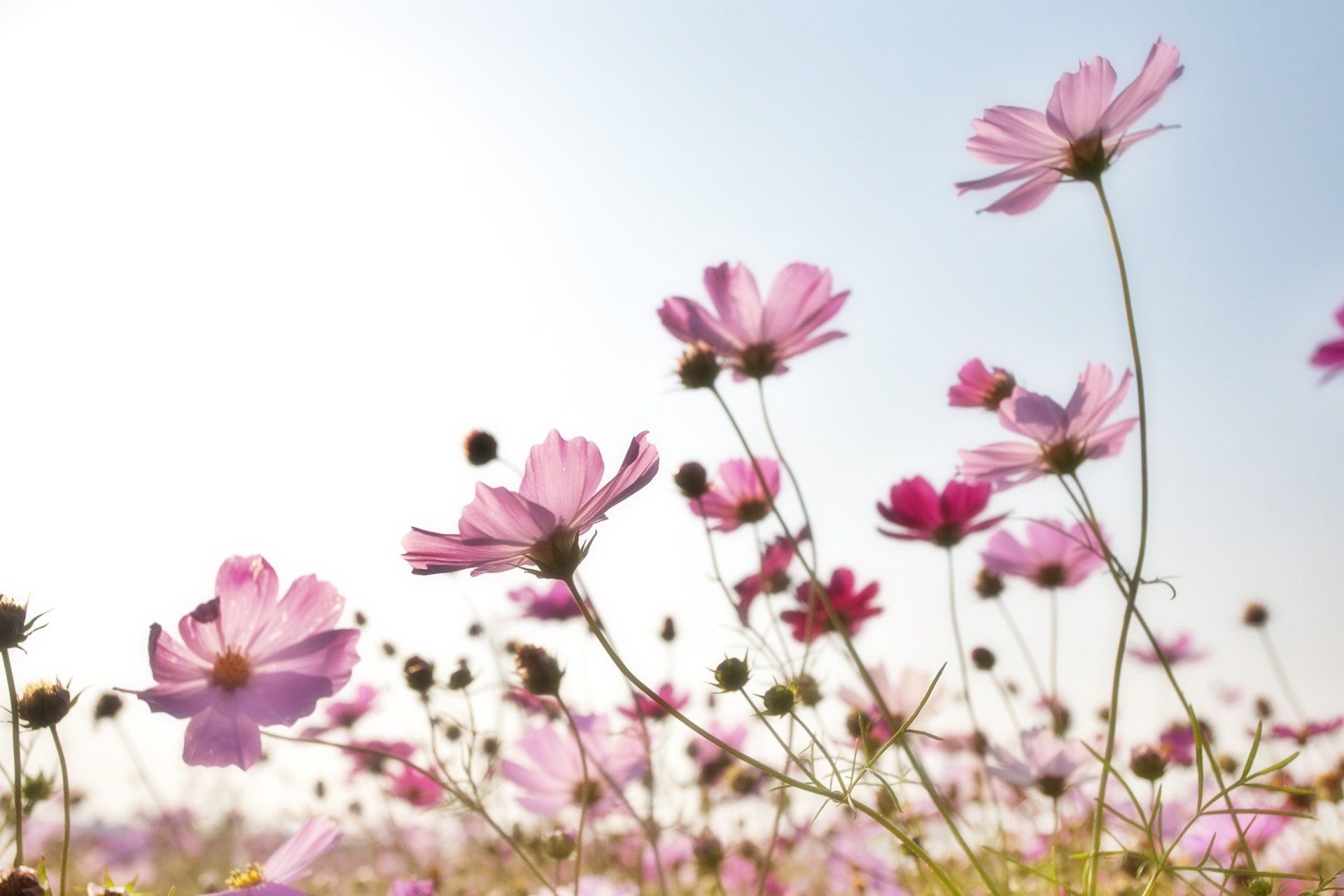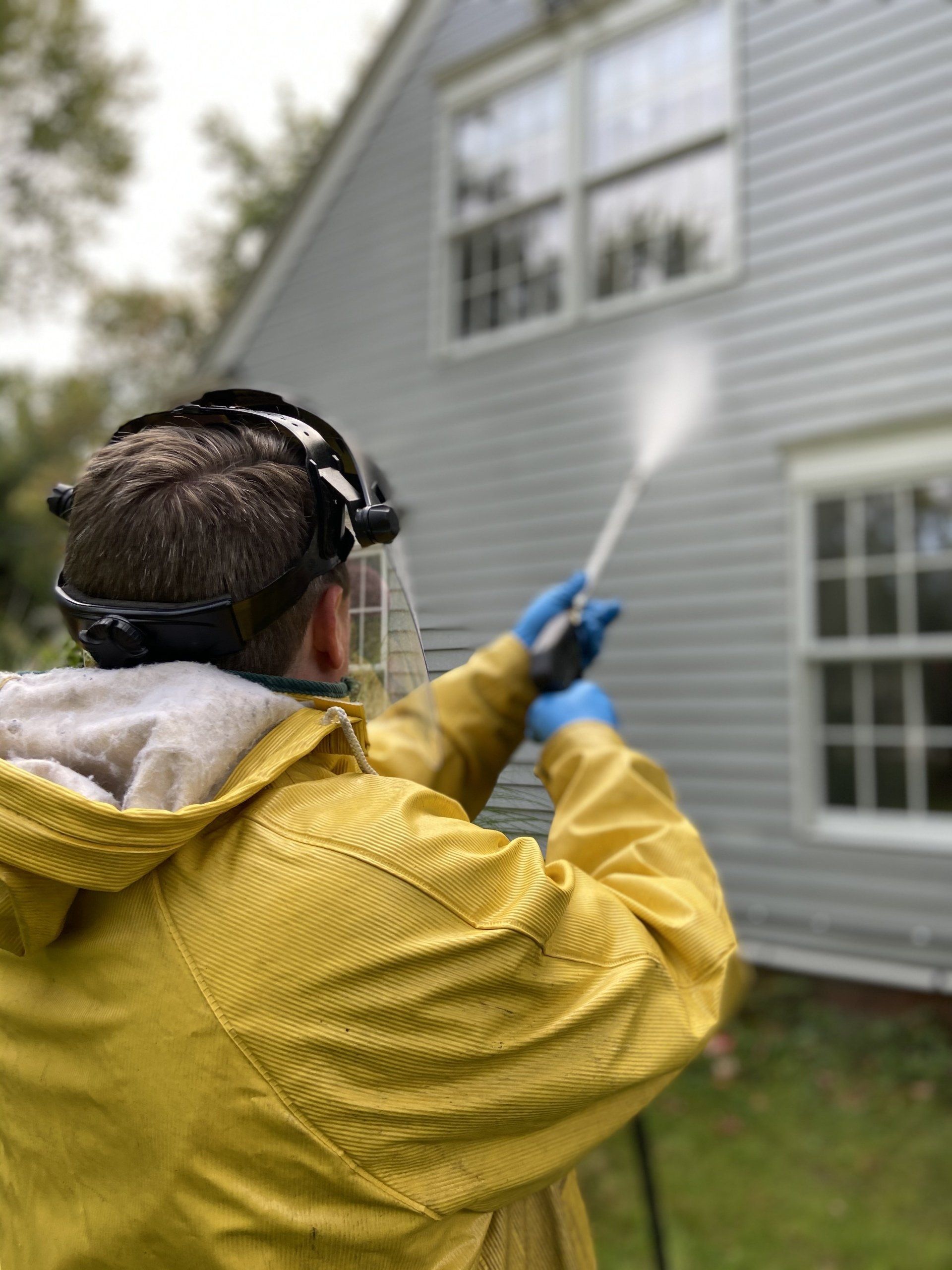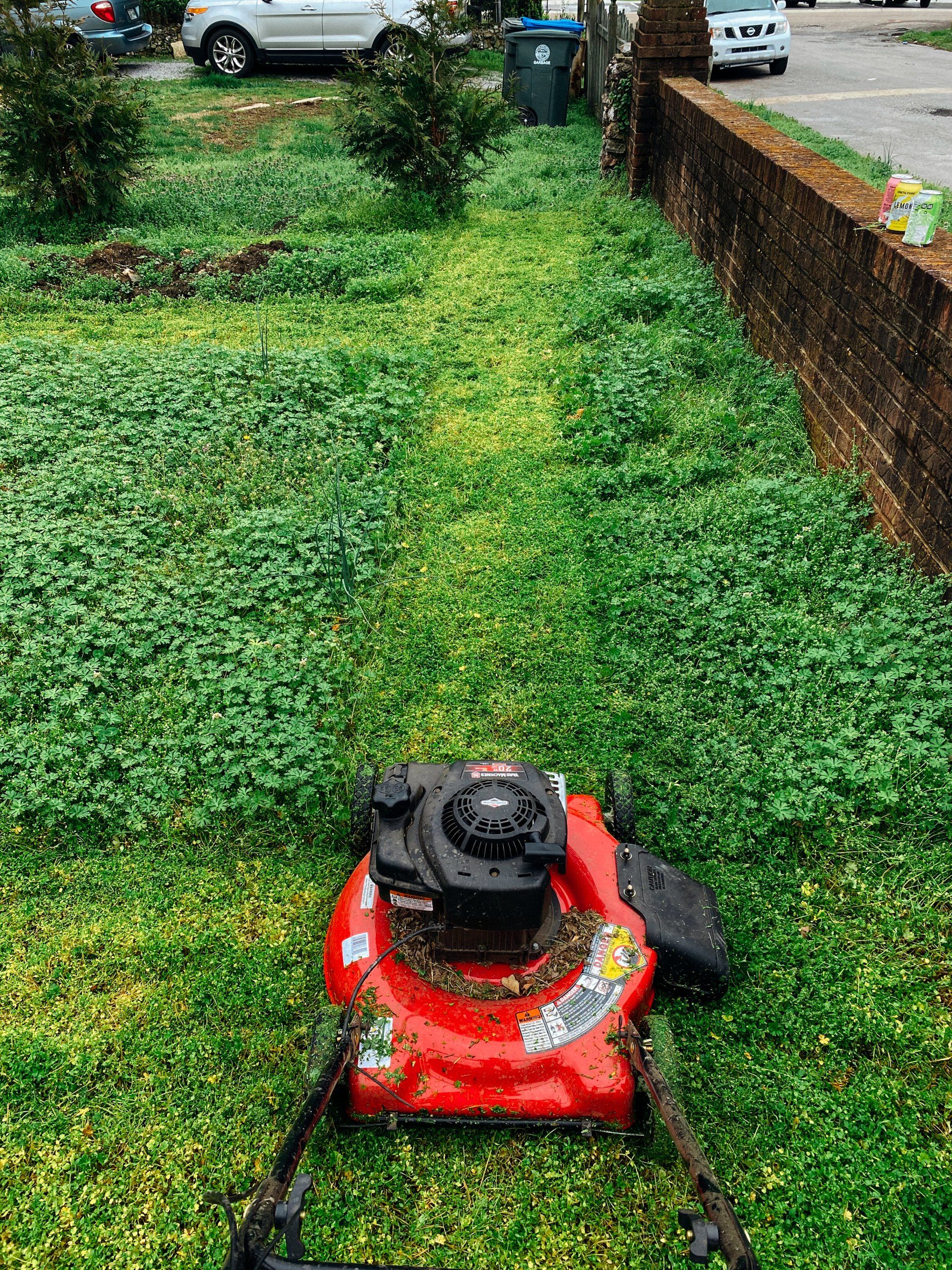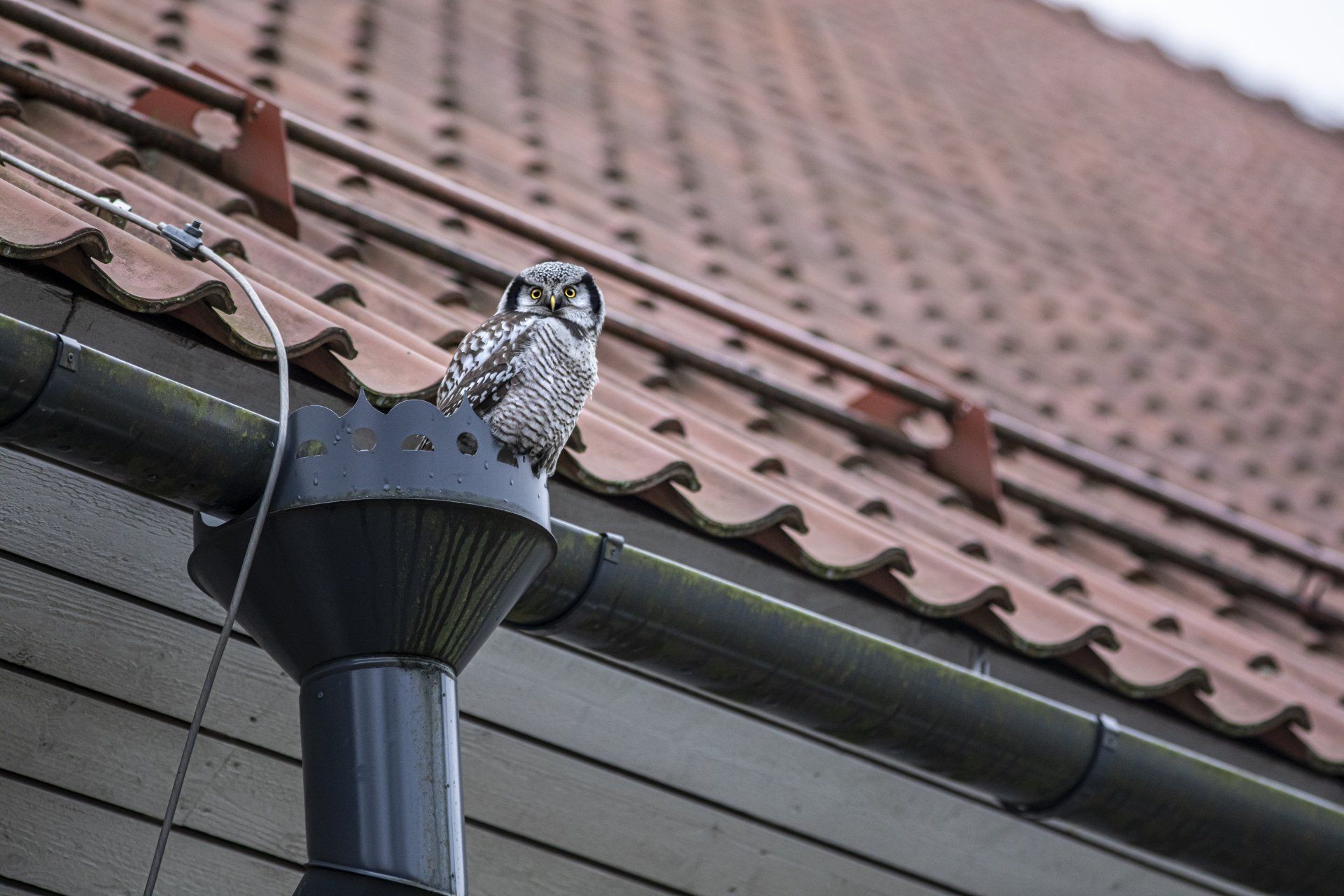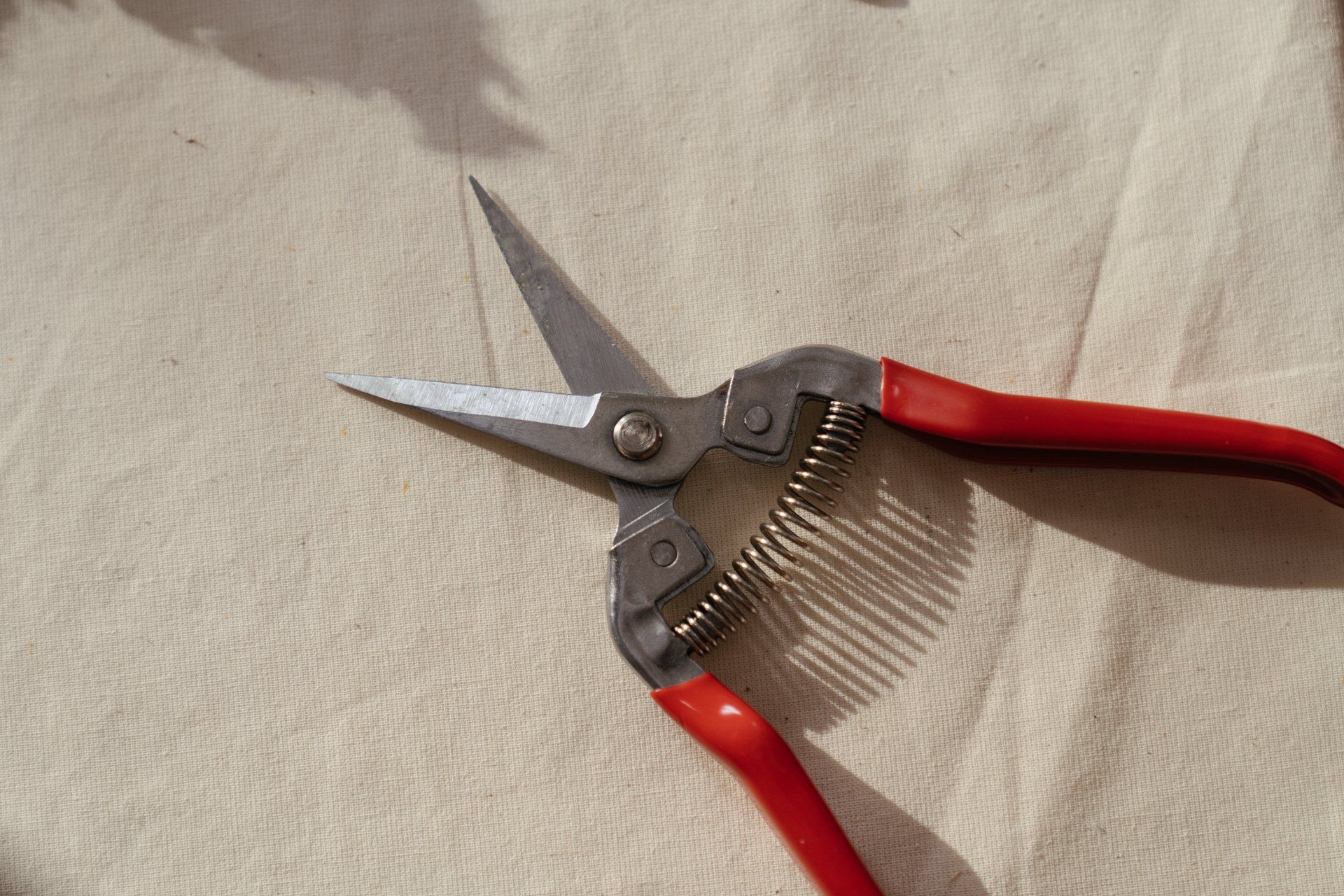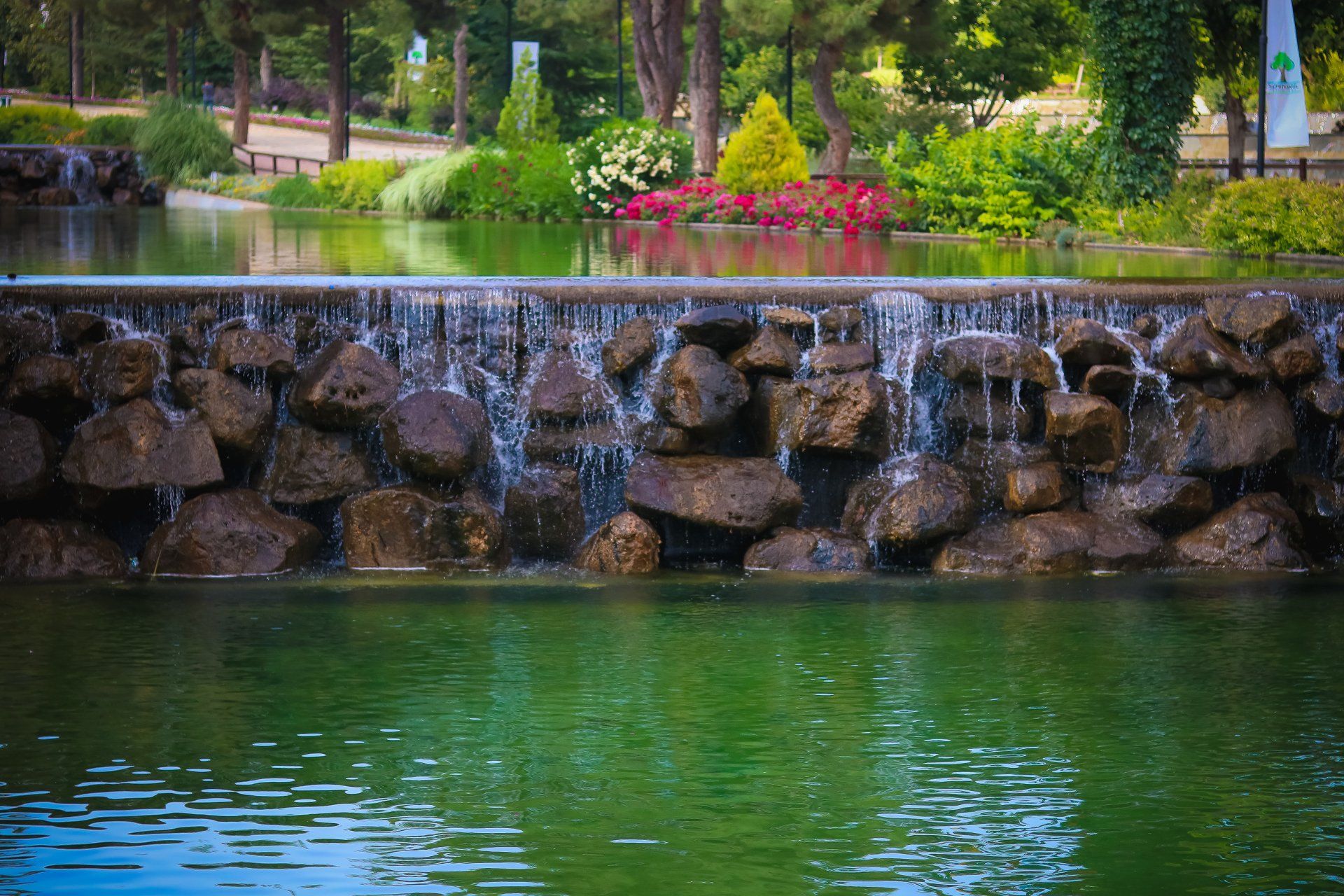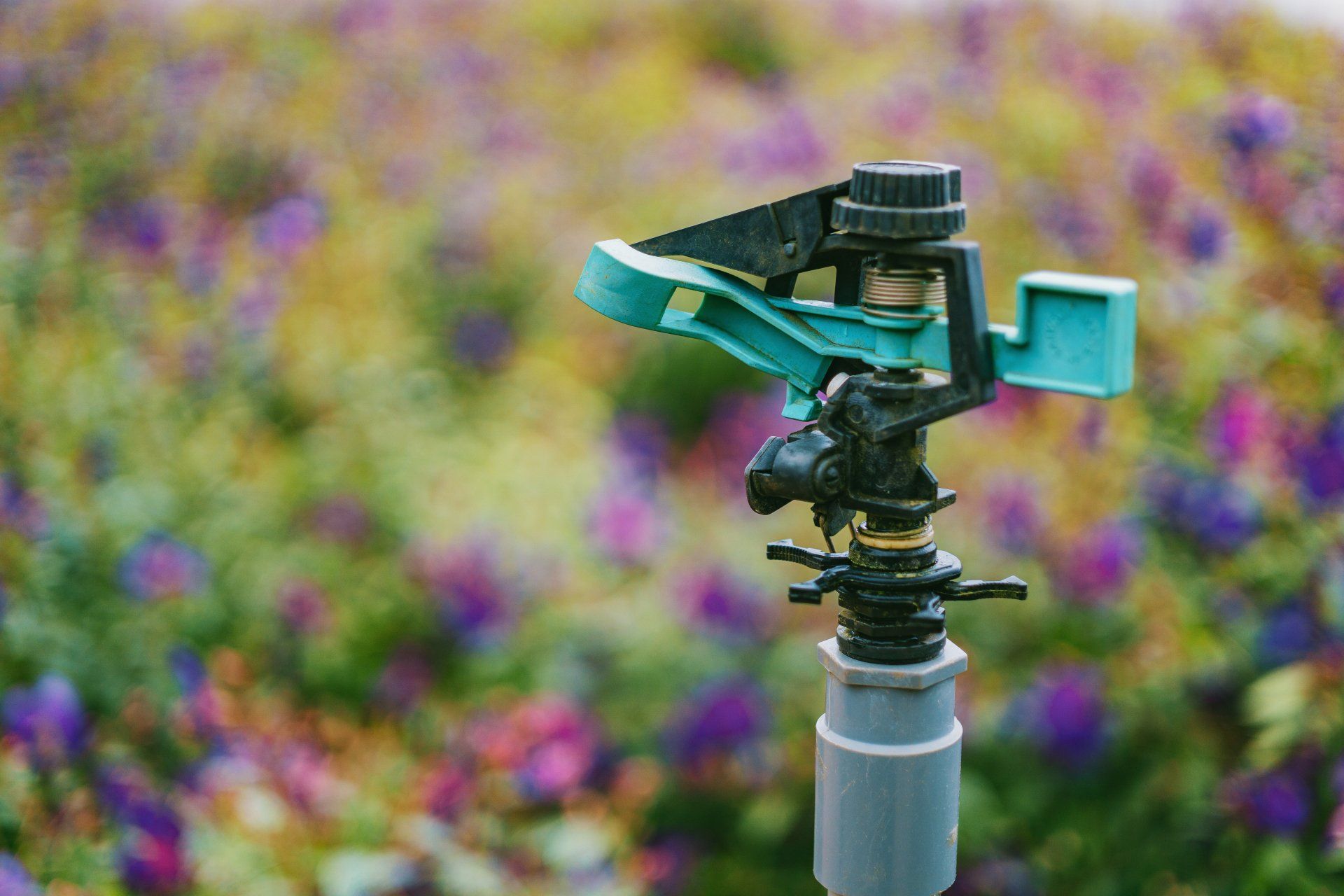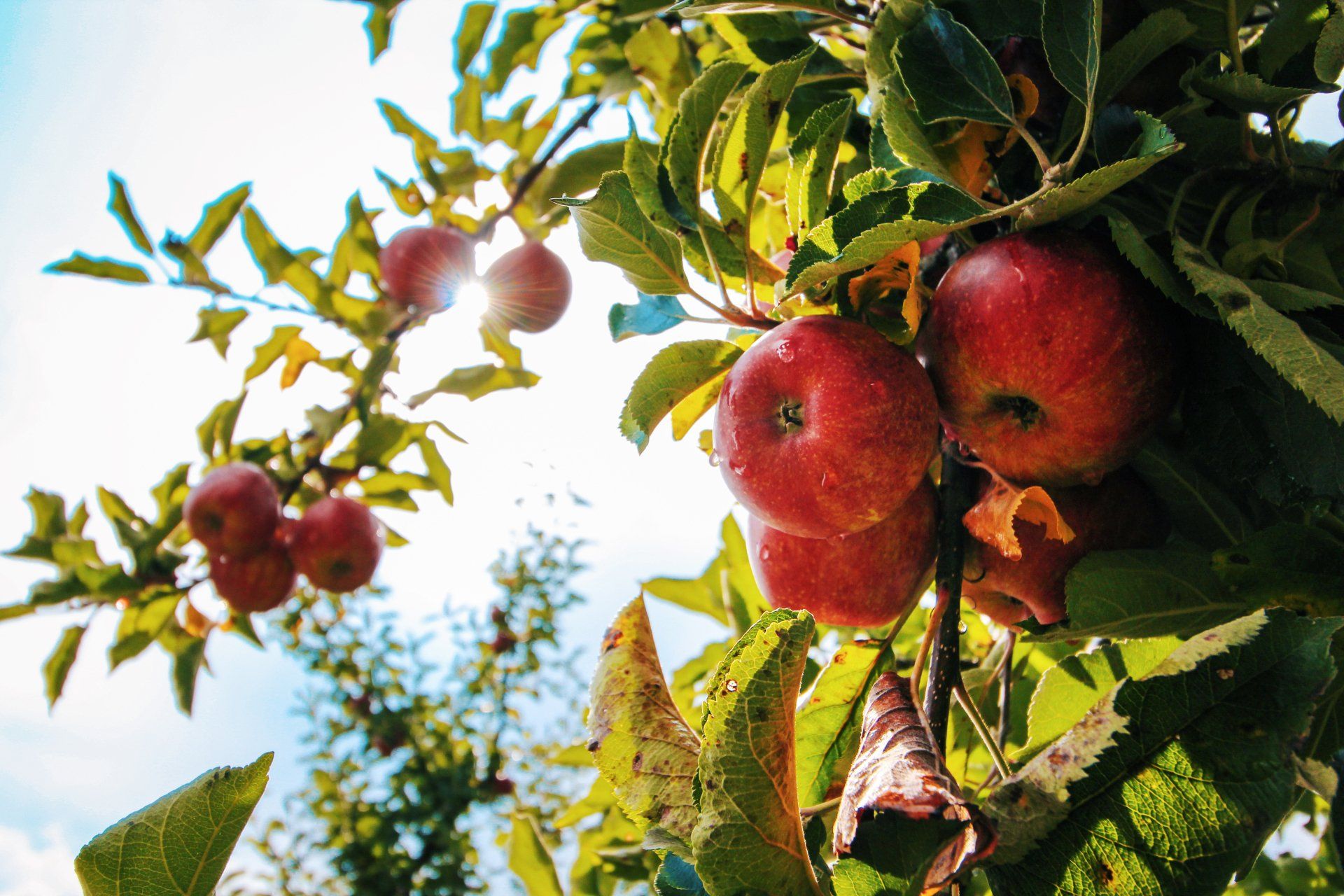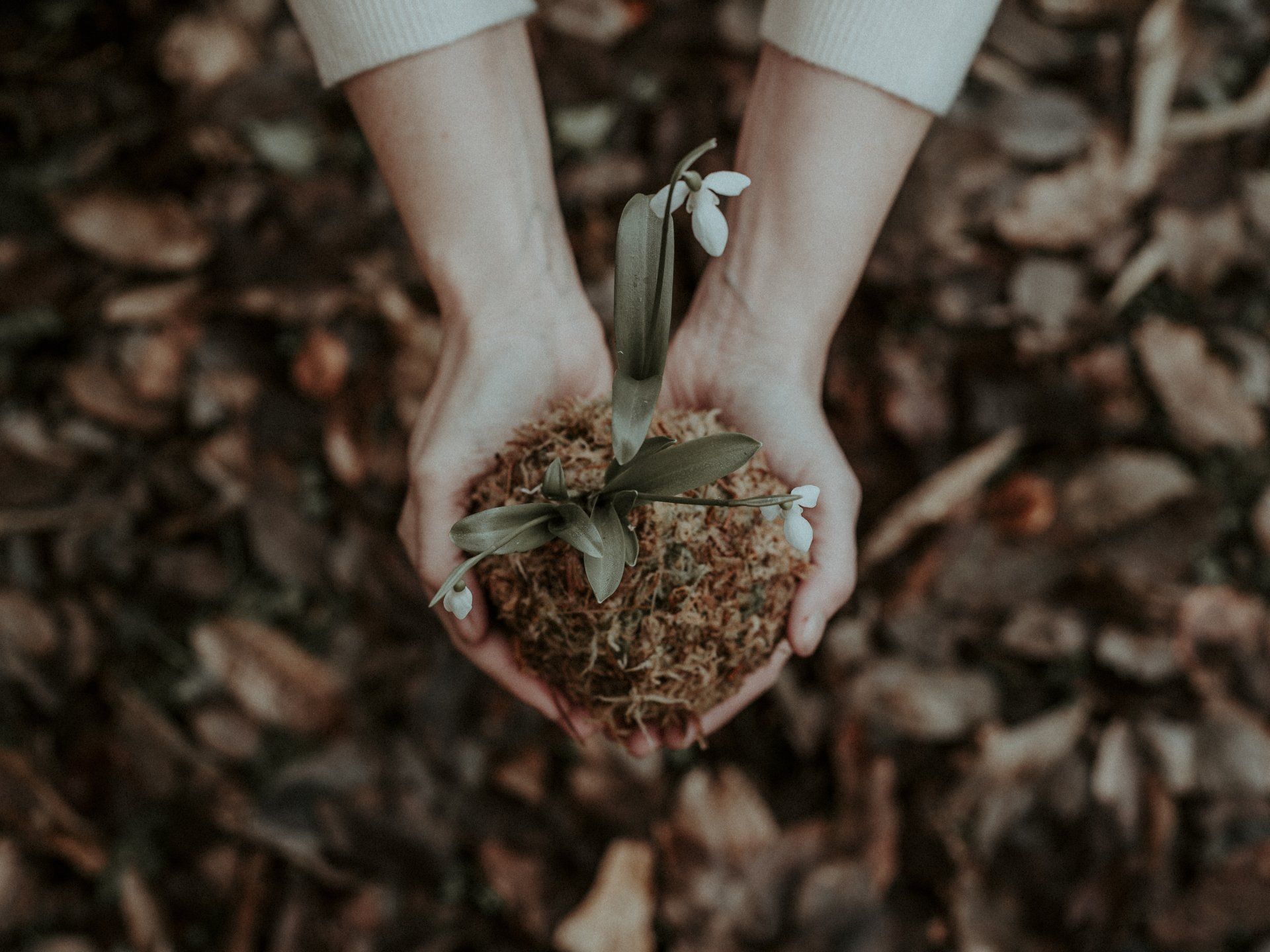Interior Landscaping: The Benefits
Interior Landscaping: The Benefits
What is Interior Landscaping?
Interior landscaping involves the design and installation of plants, water features, and rocks to create a relaxing indoor environment. To create ornamental arrangements that complement a building's layout, designers balance elements such as color, texture, and shape.
Interior Landscapes: Function
The interior landscapes are essential to the building's overall aesthetic. These landscapes create pleasant, natural spaces by incorporating color, light, and greenery into a man-made setting. Our desire to bring greenery inside plays a significant role in our attraction to nature.
There are many health benefits to indoor landscaping! It has been shown that green spaces can reduce stress and improve mood. They also increase workplace productivity. The majority of employees spend 90% or more of their working day indoors. Indoor air can become contaminated with chemicals, mold, and carbon dioxide. By releasing oxygen and filtering harmful pollutants, interior landscaping improves indoor air quality.
The incorporation of plants into a building signifies support for green initiatives and a commitment to green building practices. The change toward environmentally friendly structures built from sustainable materials has been gaining momentum in recent years. Interior landscaping reduces noise in open spaces and helps maintain temperatures. This reduces energy consumption.
Different types of interior landscaping
Interior landscaping can be found in many commercial settings, including restaurants, schools, and businesses, as well as atriums and hospitals.
There are many ways to incorporate plants into your home, including small fountains or potted planters in living spaces, entryways, sun porches, and bathrooms.
There are a few types of interior landscaping:
Green Gardens/Horticulture
These interior gardens can include trees, shrubs, and flowers, as well as herbs and vegetables. Many interior gardens include water features, stonework, and seating. When planning an interior garden, it is important to take into account a number of factors, including humidity, available light, and temperature.
Living Walls/Vertical Gardens
These green plants are placed upright to save space, aesthetics, and the environment. Although living walls were originally part of the green movement, they have become a staple in modern landscaping and can be used to help a building meet LEED (Leadership in Environmental Energy and Design) criteria. These walls are often used for vegetable and kitchen gardening. Vertical gardens can be customized to suit your needs and personal preferences.
Waterscaping
Both homes and businesses love water features. These features can be integrated into existing landscaping elements or used as an individual addition to any building. Water features include waterfalls, pools, streams, man-made streams, fish ponds, and fountains.
